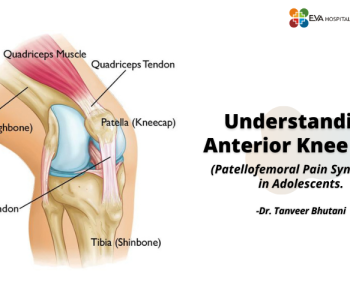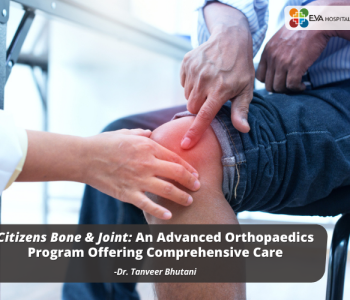Understanding Knee Replacement Surgery: What You Need to Know
 Knee Surgery
Knee Surgery
Understanding Knee Replacement Surgery: What You Need to Know
Knee pain can be debilitating, affecting your daily activities and quality of life. When conservative treatments fail to provide relief, knee replacement surgery becomes a viable option. However, the thought of undergoing surgery can be intimidating. Understanding the process and what to expect can help alleviate concerns and make informed decisions. In this blog, we delve into the intricacies of knee replacement surgery to provide you with comprehensive insights.
1. What is Knee Replacement Surgery?
Knee replacement surgery, also known as knee arthroplasty, is a procedure aimed at relieving pain and restoring function in damaged knee joints. It involves replacing the damaged surfaces of the knee joint with artificial implants made of metal, plastic, or ceramic materials.
2. Who Needs Knee Replacement Surgery?
Knee replacement surgery is typically recommended for individuals suffering from severe knee pain and disability due to conditions such as osteoarthritis, rheumatoid arthritis, or traumatic injury. Candidates for surgery usually have symptoms that significantly impact their daily activities and have not responded adequately to non-surgical treatments.
3. Types of Knee Replacement Surgery:
-
- Total Knee Replacement (TKR): In TKR, both the ends of the femur (thigh bone) and tibia (shin bone) are replaced with prosthetic components, along with the kneecap (patella) if necessary.
- Partial Knee Replacement: Also known as unicompartmental knee replacement, this procedure involves replacing only the damaged part of the knee joint, preserving healthy bone and ligaments.
4. Preparing for Surgery:
Before undergoing knee replacement surgery, your orthopedic surgeon will conduct a thorough evaluation to assess your overall health and ensure you are a suitable candidate for the procedure. Preoperative preparations may include medical tests, lifestyle modifications, and discussions about post-surgery care.
5. The Surgical Procedure:
Knee replacement surgery is typically performed under general or regional anesthesia. During the procedure, the surgeon removes the damaged cartilage and bone from the knee joint and implants the artificial components. Minimally invasive techniques may be used to reduce tissue trauma and promote quicker recovery.
6. Recovery and Rehabilitation:
After surgery, patients are usually hospitalized for a few days for monitoring and pain management. Physical therapy and rehabilitation play a crucial role in the recovery process, helping to restore strength, flexibility, and range of motion in the knee joint. Most patients can expect significant improvement in mobility and pain relief within a few weeks to months after surgery.
7. Risks and Complications:
While knee replacement surgery is generally safe and effective, it carries inherent risks, including infection, blood clots, implant failure, and stiffness. However, these complications are relatively rare, and measures are taken to minimize their occurrence.
8. Long-Term Outcomes:
For the majority of patients, knee replacement surgery provides long-lasting pain relief and improved function, allowing them to return to their normal activities with greater ease. However, the lifespan of artificial knee implants varies, and some individuals may require revision surgery in the future.
Conclusion
Knee replacement surgery can be a life-changing intervention for individuals suffering from debilitating knee pain and disability. By understanding the process, risks, and potential benefits, you can make informed decisions about your treatment options. If you’re considering knee replacement surgery, consult with an experienced orthopedic surgeon to explore whether it’s the right choice for you.









